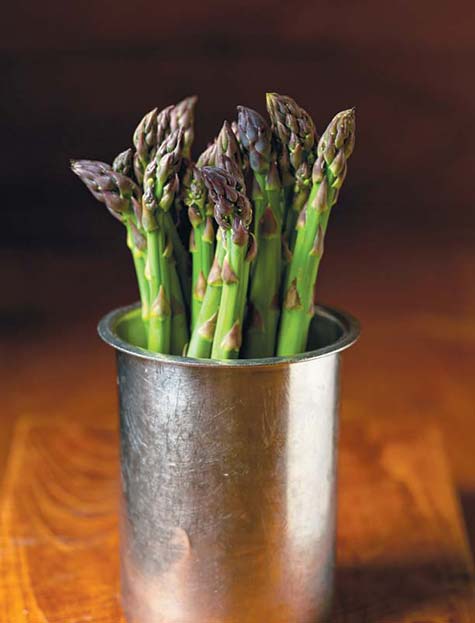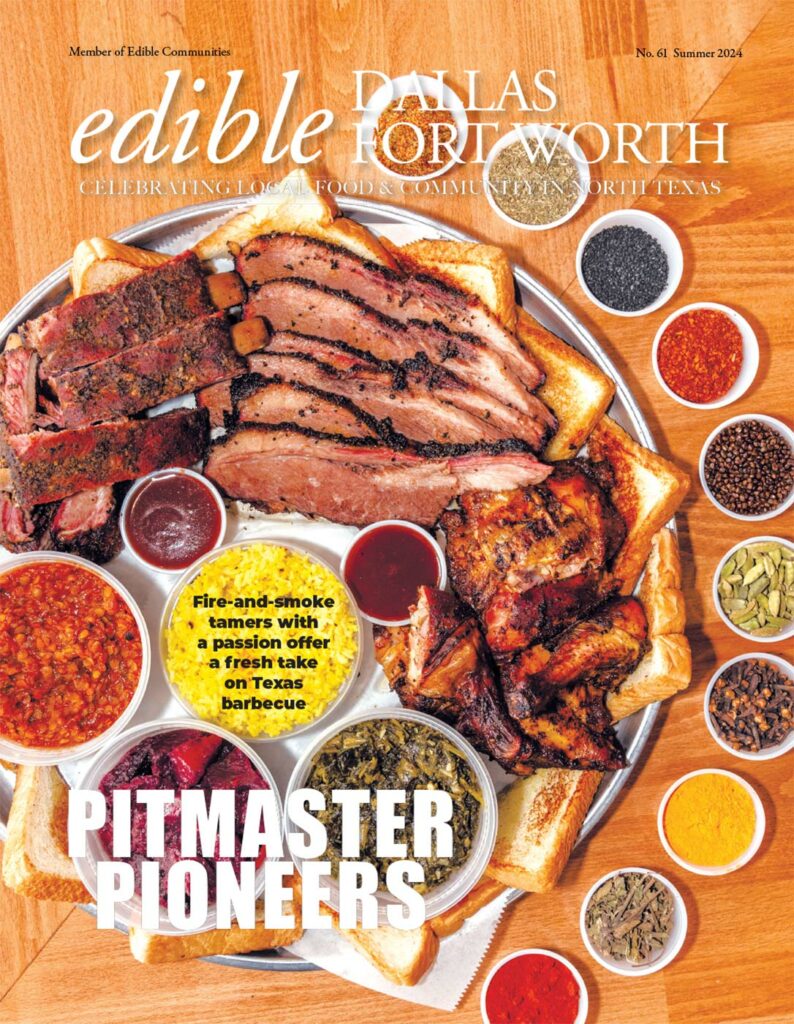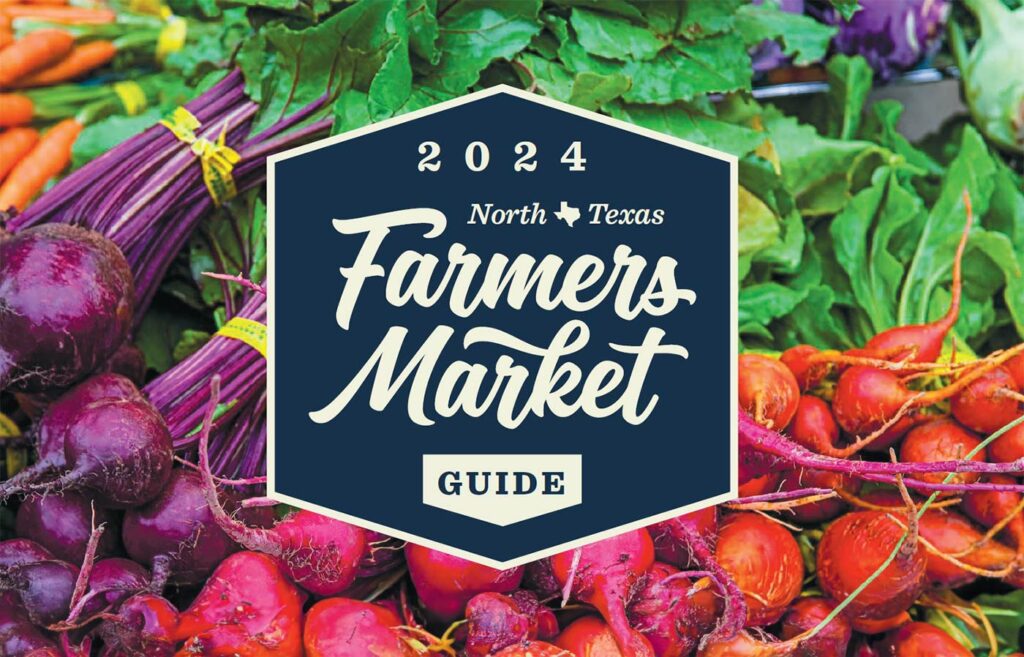
Story by Eugenia Bone, author of The Kitchen Ecosystem
Photography by Ben Fink
When my son was very young he was a binge eater. One fall he ate tomatoes and apples. Just tomatoes and apples. The following winter it was ground beef. But after a full spring of his eating pretty much nothing but baked asparagus, which he nibbled from top to bottom, I became exasperated and asked his doctor if these eating habits were going to cause malnutrition or…or what?
But Dr. Heiss put my worries aside. He said the whole idea of a daily food requirement was bogus (and some say a government-supported fiction perpetrated by the food industry lobby), and that a good diet only makes sense from an annual perspective. Over the course of a year, at the rate my son was going, his diet was perfectly fine. I started to think about this, and how much sense it makes in terms of eating seasonally. What nature wants us to do is binge on fresh, regional foods at their nutritional peak. How much nutrition are you getting from asparagus picked in Chile in December and shipped thousands of miles? Better to eat and preserve them now, while the wild (well, not exactly wild, as Asparagus officinalis are feral: they’re escaped domestic asparagus) and cultivated asparagus are in their glory.
Cultivated asparagus are sold thick and thin, and vary in color from white to green to purple. White asparagus are blanched by mounding earth around the plant to protect it from the sun. Interestingly, people either seem to love them or hate them. (I love them poached in stock, with sautéed morels on top.) Thick asparagus come from older plants or early harvests, and thin asparagus come from younger plants or later harvests, as the new asparagus shoots become thinner as the season progresses. (By the way, the distinct smell of your pee after eating asparagus is a result of metabolizing certain compounds in the asparagus. The younger the asparagus you eat, the stronger the smell.)
I prefer thick asparagus as the texture holds up better under cooking and canning, and I like the purple cultivars the most, as they are especially sweet and tender, though if you pickle them they stain the vinegar purple. It’s okay. Weird, but okay. Look for firm stalks with tight tips. Once the buds start to open the spear quickly becomes woody. Store asparagus in a jar of water in the fridge as you would cut flowers. If you ask me, they’re just as beautiful.
You don’t need to peel asparagus unless the stems are tough, and then, only the lower half of the asparagus. So how much of the spear to use? You can use it all.
To trim asparagus, either peel the tough end, and cut off the dry tip, or snap the spears. Hold the ends of the asparagus and gently bend. It will break at the point where the tender part of the asparagus ends. The tougher end of the spear has plenty of flavor, and can be used to make an aromatic stock. You can use the stock many ways: as a soup base (it’s a fabulous base for fish soup), as a poaching liquid for fish, to make risotto, and to cook spaghettini (thin spaghetti).
Cooked with fish or eggs, pickled and used in place of capers in dishes like Chicken Piccata, poached and dressed with homemade mayonnaise, or simply baked and drizzled with oil and Parmesan cheese, asparagus are a real seasonal treat. I pig out on them when they are in, especially in conjunction with other spring foods, like lamb, morel mushrooms, and soft shell crabs, and vegetable plates with artichokes, peas, and ramps. Not only are they delicious, but I know binging is the best way to access their great nutritional profile.
At least, that’s what the doctor told me.
RECIPES
Shaved Asparagus, Pea, and Pea Shoot Salad
Spaghettini with Asparagus Pesto
Edible Dallas & Fort Worth is a quarterly local foods magazine that promotes the abundance of local foods in Dallas, Fort Worth and 34 North Texas counties. We celebrate the family farmers, wine makers, food artisans, chefs and other food-related businesses for their dedication to using the highest quality, fresh, seasonal foods and ingredients.











